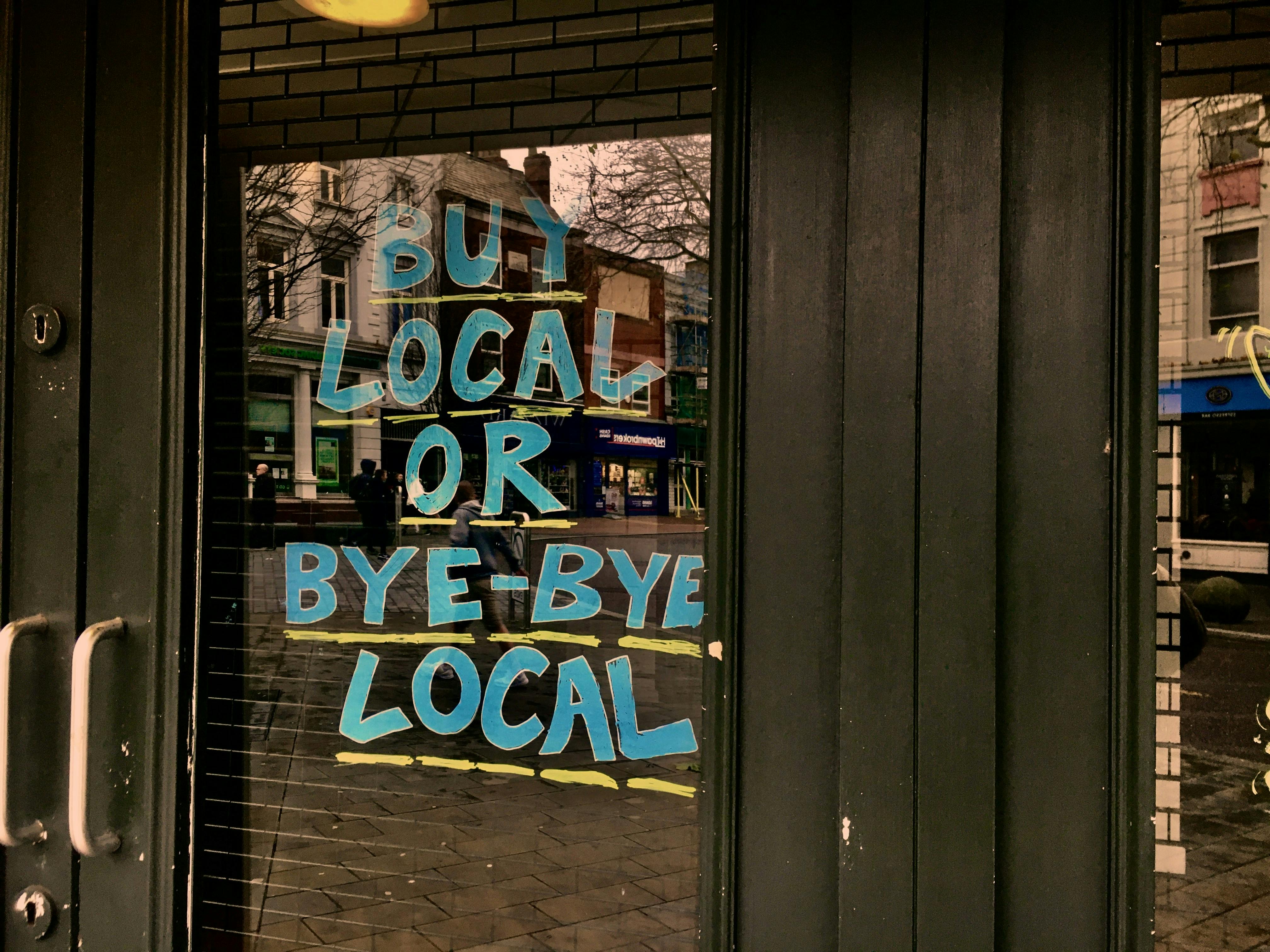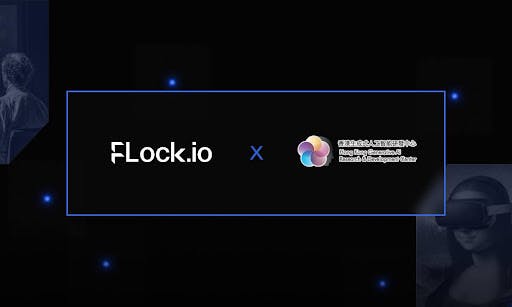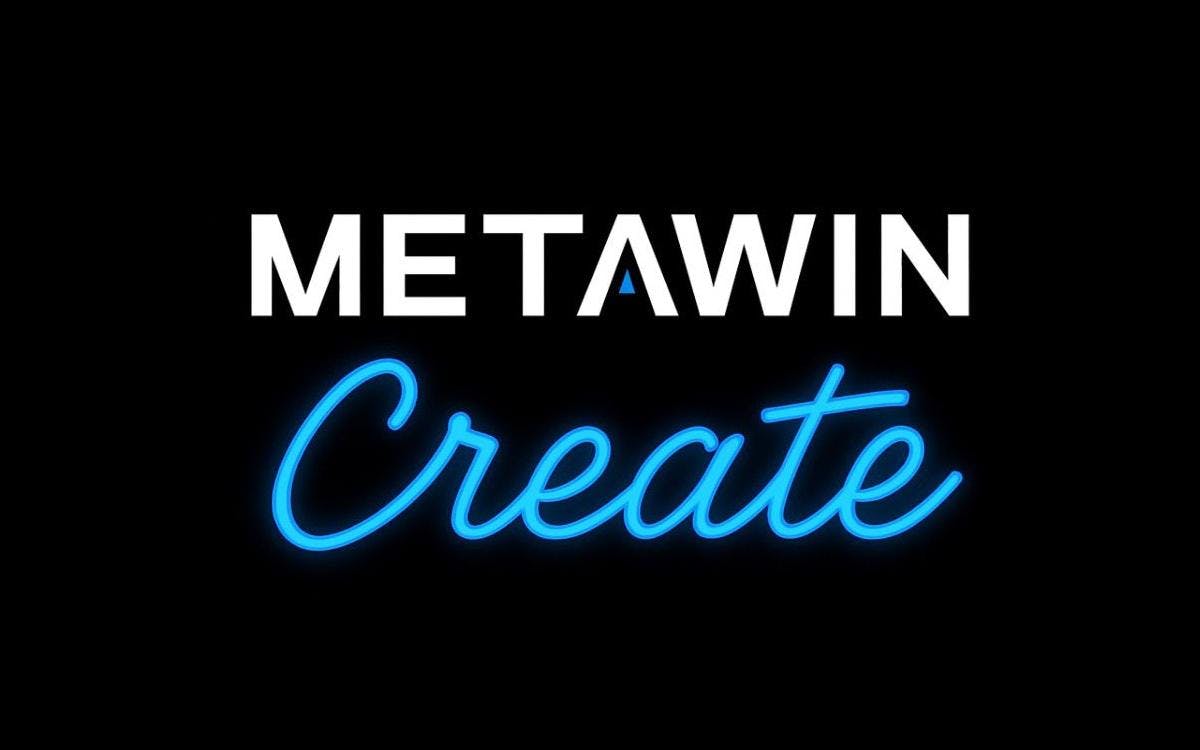Imagine you’re in a new town, hungry, and searching for a place to eat. You find a restaurant online, but its page doesn’t say what they serve, where they are, or what’s unique about them. Frustrated, you move on to the next option.
That happens when a local landing page doesn’t hit the mark. Even if people find you, they’re left guessing—who you are, what you offer, and why they should choose you.
A less-than-par landing page is like turning away customers at the door, even when they’re ready to buy. Unfortunately, local businesses suffer the most in these scenarios. Many of them invest a large percentage of their marketing budget in paid ads to boost their landing pages’ visibility, but receive little in return.
This happens mainly due to the misunderstanding that you must pay big bucks to be seen when, in reality, understanding local SEO best practices can help you optimize your landing page for local search.
Tired of wasting your time and resources?
Let’s get to it!
The Quest for Local Relevance
Small businesses strive to shine within their local communities, and when they venture online, the challenge only grows. The difference between being known locally and being seen online can be more significant than one might think, leading to frustration.
But where should you start?
You should create an audience cycle that leads your local prospects from doubt to “You are the one for me.” This is where a well-designed, location-specific landing page impresses your visitors and encourages them to act decisively.
Would you love to know how to create a landing page that works with this much confidence?
Come along with me!
Practical Tips for Designing and Optimizing Your Location-Specific Landing Pages for Local SEO
Here are 12 valuable tips for crafting a local landing page that genuinely encourages purchases without overwhelming the audience.
Understand Your Audience
Sugandhi Karwani, SEO Expert at AffectionGuide, says:
“Crafting location-specific landing pages isn’t just about keywords; it’s about understanding the psychology of your audience’s digital journey. We’re optimizing for algorithms and designing for the human mind’s navigation.
In AffectionGuide, we understudy the psychology of our local audiences, analysing their behaviour, preferences, and language nuances. Our approach combines SEO expertise with psychological insights, tailoring the content to resonate with the locality while optimizing for relevant keywords.
It’s all about creating content that feels like a conversation rather than a sales pitch.”
Have you visited a landing page, felt an immediate connection with the product, or visited a site but immediately lost interest and left?
The two scenarios are not necessarily a result of the pages’ colours or design, but a gap in understanding the psychology behind what keeps people glued to a page and propels them to take action.
Your prospects’ stage during the buyer journey also influences their mindset and psychology. Someone at the top of the funnel is new to the product or service and needs guidance to understand the entire concept.
Meanwhile, someone at the bottom of the funnel is in the final stage of the sales process, highly engaged, and ready to make a purchase decision.
Everything boils down to an in-depth understanding of your buyer persona before taking the first step on your landing page.
A buyer persona is a semi-fictional representation of your ideal customer based on market research and real data about your existing customers. It involves understanding your audience’s demographics, behaviour patterns (both positive and negative), motivations, and goals.
20 Questions to Help Create Your Buyer Persona
- Here’s a list of questions to help you gain insights into your buyer persona:
- What are your buyers’ demographics (age, gender, income, location)?
- What are their psychographics (lifestyle, values, interests)?
- What are the pain points and challenges your product or service addresses?
- What motivates your buyers to make a purchase decision?
- How do your buyers typically research products or services before buying?
- What are their preferred communication channels (e.g., social media, email, in-person)?
- What is the buyer’s journey for your product or service like (awareness, consideration, decision)?
- What objections or concerns do buyers commonly raise during sales?
- What emotional triggers influence their buying decisions?
- What are their buying habits and frequency (e.g., impulse buyers, methodical planners)?
- Do they prefer a personalised shopping experience or prioritise convenience?
- What are the key influencers in their decision-making process (e.g., family, friends, online reviews)?
- Are there cultural or regional factors that affect their purchasing decisions?
- How do they perceive your brand compared to competitors?
- What are the fundamental values and principles that resonate with your target buyers?
- How do buyers react to pricing strategies, discounts, and promotions?
- What level of trust and credibility does your brand have in their eyes?
- Do they prioritize product features, brand reputation, or customer reviews when choosing?
- What are their most common objections and hesitations about your product or service?
- How do buyers feel about sustainability, ethical practices, or corporate social responsibility in their purchasing decisions?
Answer these questions to get the necessary information to serve your audience well.
Choose A Well-Designed Landing Page
Imagine you’ve just driven hours to a Knight Star Lodge located in the mountains, ready to unwind. But upon arrival, your room is cluttered, poorly lit, and nothing like the pictures. Frustrated, you might cancel your stay entirely.
That’s exactly how potential customers feel when they land on a confusing or poorly designed local business landing page.
A well-crafted local landing page starts with thoughtful web design. It should highlight your unique offerings, make key information easy to find, and emphasize your connection to the local area.
For instance, a local coffee shop in Austin could feature community testimonials, details about locally sourced ingredients, and a map to guide customers to its door.
The layout should be clean, mobile-friendly, and tailored to local SEO strategies.
Also, use localized keywords, clear calls to action (like “Order Now” or “Visit Us Today!”), and authentic testimonials from local customers. These elements build trust and make your business feel rooted within the community.
Local landing pages focusing on accessibility, relevance, and connection can significantly increase customer engagement and conversions—helping your business thrive where it matters most.
Do Your Local Keyword Research
Identify the relevant keywords that people in your locality use when searching for your products/services, and incorporate them into your landing page.
Tools like Semrush, Ahrefs, Google Keyword Planner, and more are great tools for local keyword research.
Learn to use the filters to help narrow your keyword research by search volume, keyword difficulty, search intent, and more.
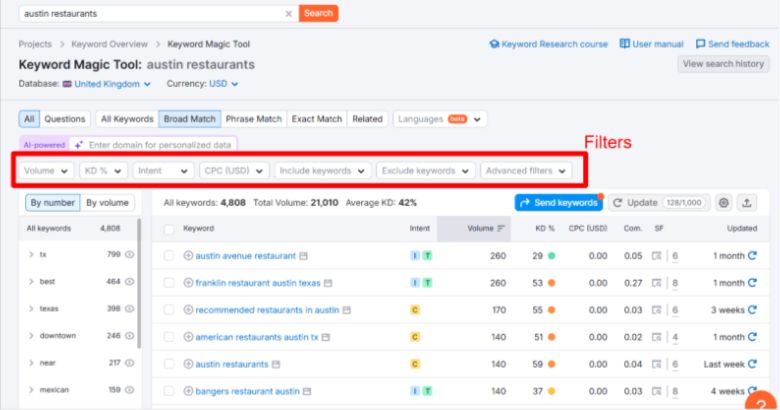
However, these tools can be limited in capacity. Here are three steps to generate more local keywords for your landing page using Google:
Identify Seed Keywords
Your seed term is the “what” of your business, product, or service. In other words, it’s the primary solution your business offers.
Seed keyword = Your service/product + location.
For example, if you run a local plumbing service in Texas, your seed terms are “Texas plumber,” “plumbing in Texas,” “Texas plumbing repairs,” and more.
If you have a local restaurant in Winnipeg, your seed terms will be “Winnipeg eateries,” “local restaurant in Winnipeg,” and more.
You can use the Google autosuggestion feature to generate more longtail seed queries.
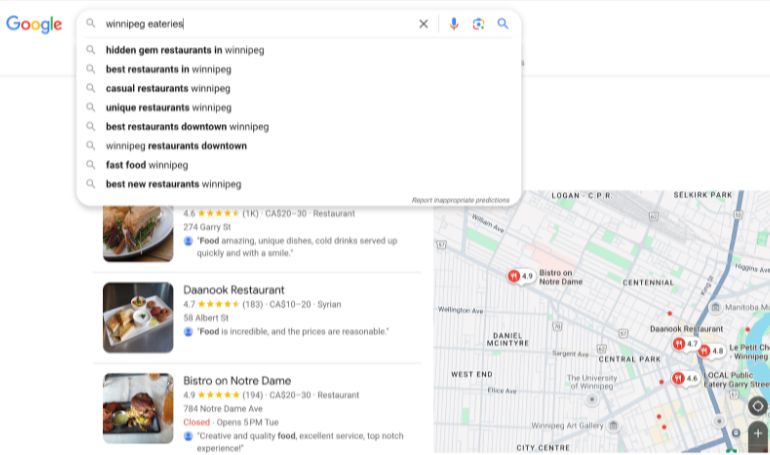
Also, check the search results’ People Also Ask section and Related Searches segment to find other seed terms your competitors use.
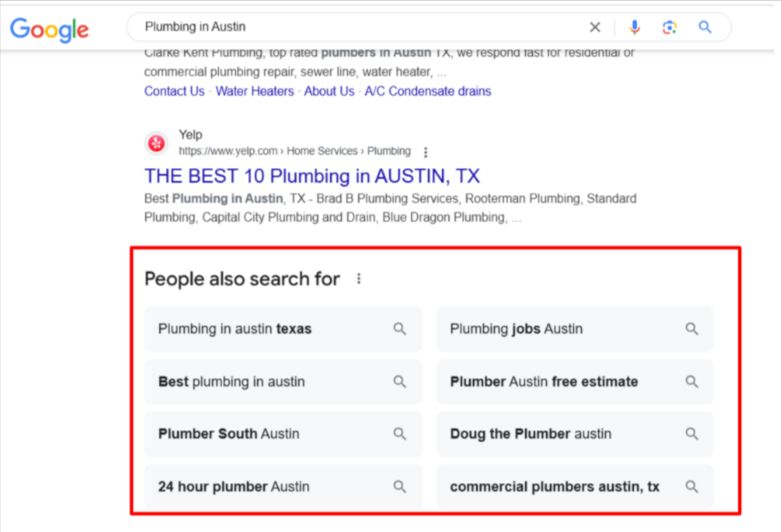
Expand Your Seed Terms with Local Keyword Modifiers
Local keyword modifiers enhance search phrases by making them location-specific. They signal to search engines and users that your content is relevant to a specific area. Examples include “nearby,” “near me,” “local,” and “In [city/neighbourhood].”
For example, a local restaurant can generate several local keywords from “[food type][city],” “[food type]near me,” “restaurant [city],” “city[food],” and more.
Filter the Keyword List by User Search Intent
The last step is to organize your keyword list by search intent. Often, local keywords are either transactional or commercial.
Search intent, also known as user intent or query intent, refers to the primary goal a user has in mind when typing a query into a search engine. They are subdivided into four classes: informational, navigational, commercial, and transactional search intent.
Many local keywords fall into the commercial and transactional classes. According to a recent report, approximately 78% of location-based mobile searches result in an offline purchase.
Let’s see what commercial and transactional search intent keywords are all about:
==Commercial Search Intent ==
Commercial search intent is broader and can include the research phase leading up to a transaction. Users with commercial intent often compare products, services, or providers and are considering a purchase, but might need more time to be ready to buy.
Examples are best Italian restaurants in Manhattan, top hair salons near Los Angeles, etc.
==Transactional Search Intent==
Transactional search intent refers to queries where the user intends to perform a specific transaction, usually buying a product or service. In such searches, the user typically progresses further in the buying cycle and wants to make a purchase soon.
Examples are buy coffee beans in Portland, iPhone repair downtown Chicago, etc.
Create Unique Copy Tailored to Your Local Buyers’ Pain Points
There is one question on the mind of everyone who visits a landing page: Am I in the right place?
A landing page that reads like a dense text wall focused solely on selling a product or service diminishes its persuasive effectiveness. As a result, these pages often have low conversion rates, making all the effort put into them seem useless.
The sooner you help your visitors grasp how your product or service addresses their issues with relatable content, the better your chances of keeping them engaged until the end. Moreover, you increase the likelihood of encouraging them to take the desired action: clicking the call-to-action button.
Research indicates that 83% of customers are more likely to trust a company that promptly addresses their concerns. Additionally, 56% of consumers are willing to spend more with companies that understand their pain points.
Your landing page must highlight audience pain points and show how your product/service solves them from the headline to the end.
Even Google clearly stated in their helpful content update that the ranking system rewards content…

Google frequently releases algorithm updates, but often does not clarify how to adjust your content accordingly. Here, they have compiled relevant questions to assess the quality of your content based on the Helpful Content Update.
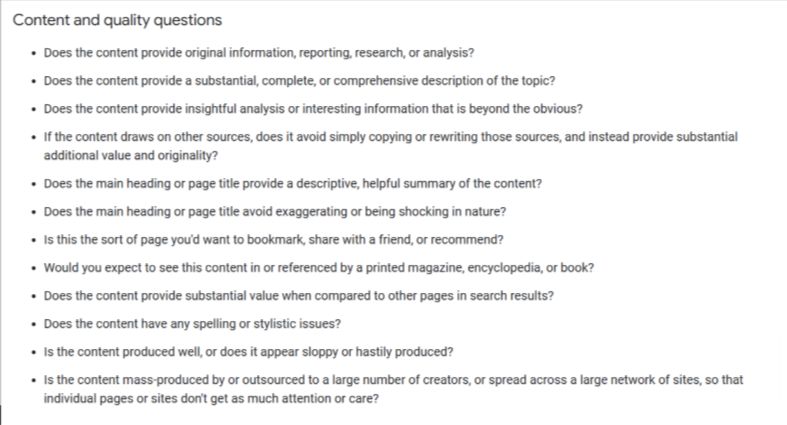
In short, don’t sell your product/service; sell your solutions.
Boost Page Relevance Through Metadata
Your landing page’s metadata includes the title, meta description, meta keywords, schema markup, and more.
Here are a few tips to optimize your metadata for local relevance:
Title Tag Optimization
- Incorporate Local Keywords: Use city or region-specific keywords relevant to your business and services.
- Conciseness and Clarity: Aim for a title length of about 50-60 characters to ensure complete visibility in search results.
- Uniqueness: Each landing page should have a unique title tag to avoid internal competition and duplication issues.
Meta Description
- Local Keyword Usage: Naturally optimize your local keywords in your meta description.
- CTA Inclusion: Include a call to action to encourage clicks. Phrases like “Visit us in [Location]” can be effective.
- Length Management: Keep it within 150-160 characters to prevent it from being cut off in search results.
Schema Markup
- Local Business Schema: Implementing structured data like the Local Business Schema can provide search engines with detailed information about your business, including location, hours, and services.
- Rich Snippets can enhance your visibility in search results and give users more compelling reasons to visit your site.
URL Structure
- Localization in URLs: Include city or area names in the URL slug to reinforce local relevance.
- Keep URLs Simple and Descriptive: They should be easy to read and understand for users and search engines.
Heading Tags (H1, H2, etc.)
- Localise Headings: Use local keywords in your headings, especially in H1, to emphasize the local focus of your content. Structure and Clarity: Properly structured and clear headings help search engines understand the content hierarchy and its relevance to local searches.
Use Local Testimonials and Case Studies
Genuine human reviews resonate deeply, fostering a sense of trustworthiness for visitors. Your visitors want to see what other people within your target location have to say about your business.
For example, this home service company in Orlando, Florida, understood the power of local testimonials and saw the effect in their landing page conversion.
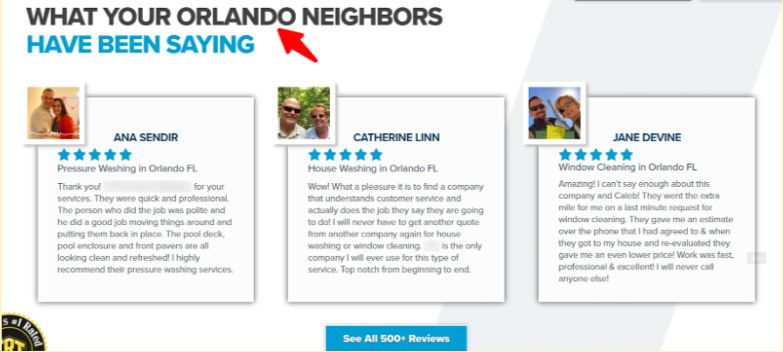
This home service company collated 500+ reviews from its Orlando customers. What an excellent way to trigger the instinct of prospects in that location.
Use Localised Images and Videos
Using localized images and videos instils a sense of belonging and familiarity. It’s a psychological play that triggers emotions, making the experience more personal for the visitor.
Accurate visuals of your products or services can truly exceed your expectations! In fact, 38.6% of marketers say that videos and graphics enhance conversion rates on landing pages.
However, stock images might not resonate well with local communities. People genuinely appreciate having a first-hand experience with your product or service before they decide to take action.
For instance, this plumbing company in Austin features a video of what to expect from their Austin plumbers and an image of one of their plumbers working in a home in Austin.
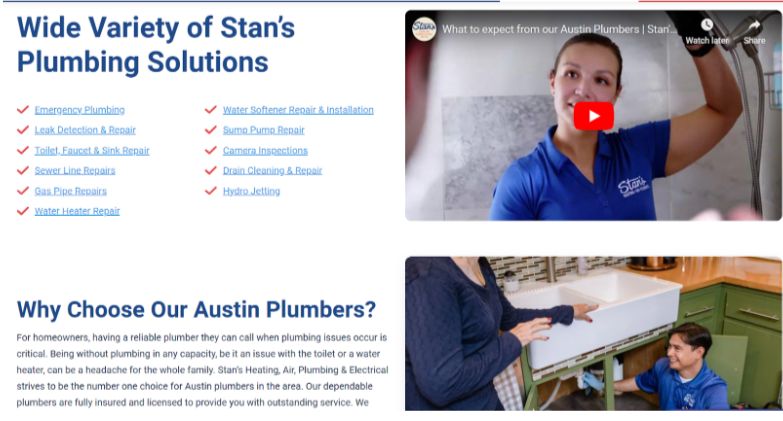
Bonus Tip: You can add your target city’s image at the top of your landing page to boost the confidence of users searching for local products/services. While this strategy may not increase conversion rates, it can lower bounce rates and enhance user engagement.
Mention Local Events and Partnerships You Support
Engaging with the local community through events or partnerships and showcasing these on landing pages creates a strong psychological connection. People seek brands that align with their values, and being part of local events adds a human touch.
Supporting local events or participating in charity engagements can give your landing page that unique touch.
For instance, an eCommerce store that sells sports shoes targeting a local area can donate football shoes to the local youth football team and add their name and logo with a short description of the act of service to the landing page.
If you own a restaurant, you can sponsor a local event and request that your logo be displayed on the red carpet. In return, you can create a segment on your landing page to describe the meal you served at the event with captivating pictures and videos for clarity.
You will get many backlinks in return, with more credibility and visibility.
Include Your Address and Embed Google Map
Include your business’s information, such as name, address, phone number, and more, as it is on your Google Business Profile.
If you have a physical location in the city, it’s best to embed Google Maps on your landing page to make it easy to find.
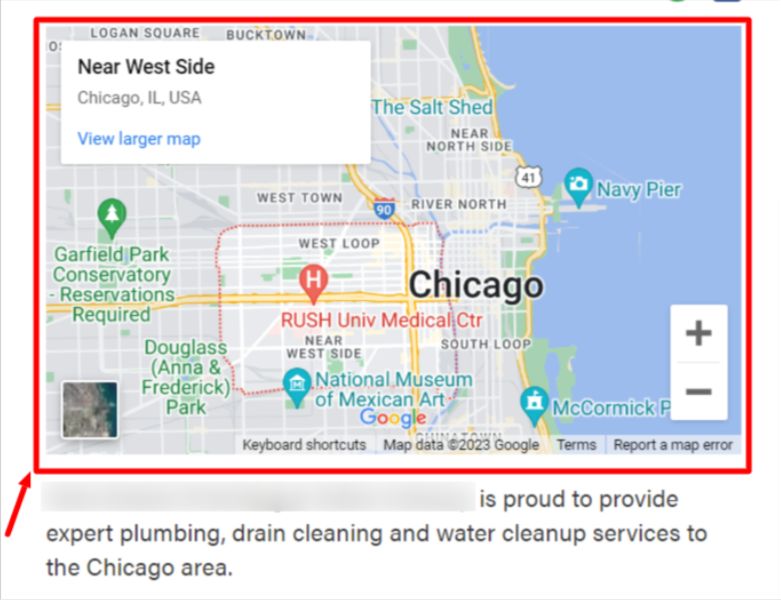
“People often underestimate how far away or long it takes to reach the destination. A good idea is to provide a “how to get here” section on your landing page that shows how far it is in terms of miles and minutes to get to your physical location.” David Ciccarelli, CEO at Lake.
Here is a step-by-step guide on how to embed a Google map on your location-specific landing page:
Step 1: Access Google Maps
- Open Google Maps: Go to Google Maps.
- Search for Your Location: In the search bar, enter the address of your business or the location you want to display.
Step 2: Select Your Location
- Find the Exact Location: Ensure the map is centred on your chosen location.
- Click on the Location Marker: If your business is listed, click on the name or address in the map marker pop-up.
Step 3: Generate the Embed Code
- Click on the ‘Share’ Button: This is typically found in the location marker pop-up or on the left-hand panel.
- Navigate to the ‘Embed a Map’ Tab: After clicking on ‘Share,’ you will see an option to ‘Embed a map’. Select the Map Size: You can choose from the preset sizes or customize the dimensions to fit your website’s design.
Step 4: Copy the Embed Code
- Copy the HTML Code: Click the ‘Copy HTML’ button to copy the embed code to your clipboard.
Step 5: Embed the Map on Your Website
- Access Your Website’s HTML: Open the HTML editor for your landing page. This might be done through a CMS like WordPress or Wix, or through direct HTML editing.
- Choose the Location for the Map: Decide where you want the map to appear on the page. Common locations include the contact section or the footer.
- Paste the HTML Code: Insert the copied embed code into your HTML at the desired location.
Step 6: Customise and Test. Customise the Appearance: If you need to change the map’s positioning, borders, or other styling aspects, adjust the surrounding HTML and CSS.
- Preview the Page: View your landing page in a web browser to ensure the map displays correctly.
- Test for Responsiveness: Ensure the map scales well across different devices, particularly on mobile.
Ensure Your Page is Mobile-friendly
58% of people search for local businesses on smartphones daily, reinforcing the importance of mobile optimisation for location-specific landing pages.
With the increasing trend of mobile searches, especially in local SEO, your landing page should be easy to navigate and display all the necessary information without zooming or excessive scrolling.
You also have to ensure your page loading speed is shorter than it takes to sing the entire alphabet song (Those aren’t my words; Google stated it directly in their mobile speed blog post). A fast page speed affects your ranking, especially on mobile search results.
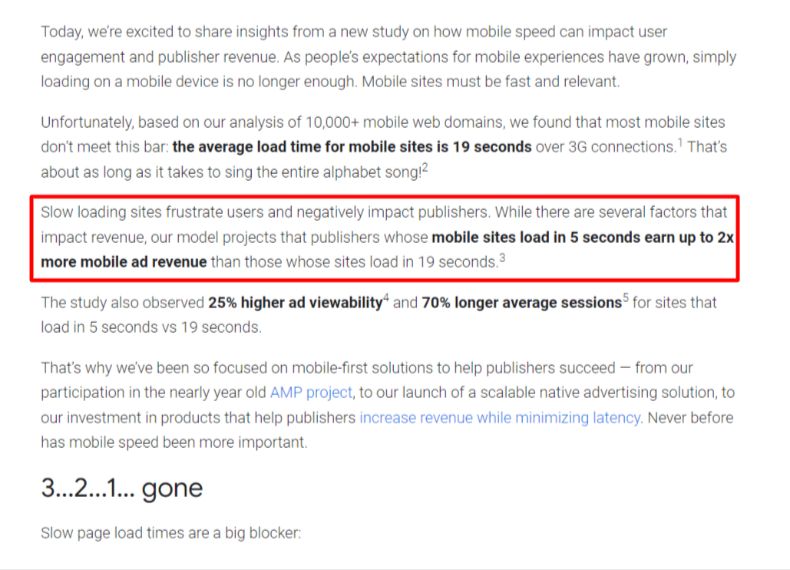
Use A Compelling Call-to-Action (CTA)
Imagine a farmer who plants without harvesting. That’s a waste of time, energy, and resources. The same applies to creating a landing page without a clear and compelling CTA. You’ll only trigger your readers’ emotions, but there is no way to convert them.
Your CTA should be action-driven and visually distinct from other elements on your landing page.
Also, you need to go beyond the generic”“Sign U”” or”“Learn Mor”” CTA. If your target market speaks a specific dialect or local language, use it in your CTA to make it feel personal and relatable.

